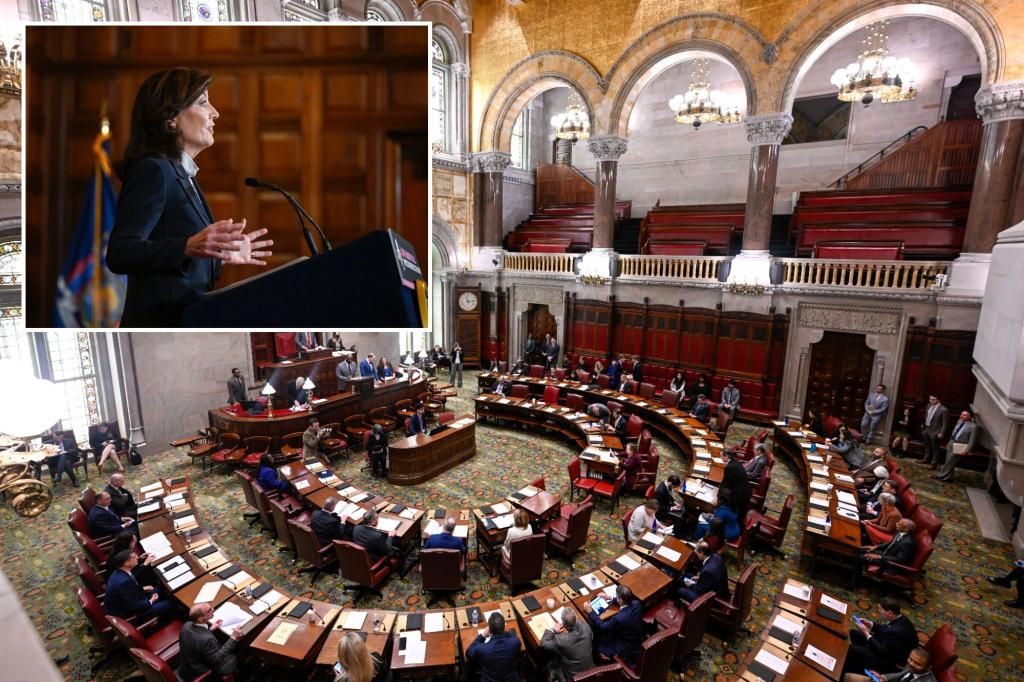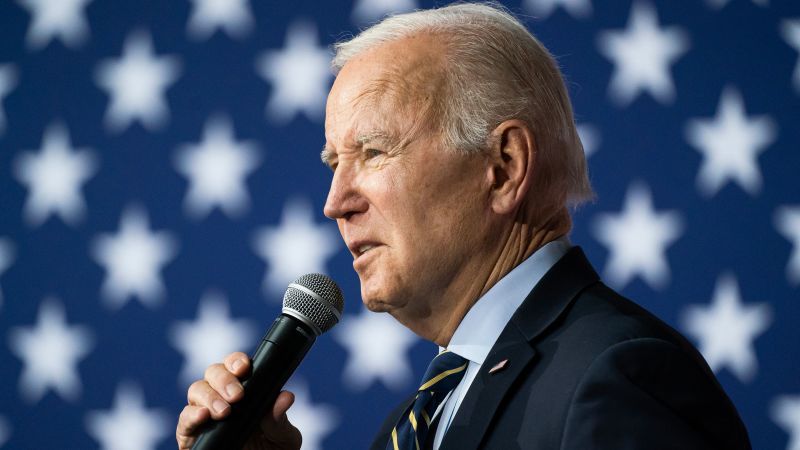NY approves plan that could increase gas prices by 62 cents per gallon
ALBANY — The $229 billion state budget approved Tuesday includes a “cap and invest” plan to cut carbon emissions that Gov. Kathy Hochul’s administration has admitted will fuel future spikes in energy costs.
Gasoline prices could increase by 62 cents per gallon while natural gas costs might skyrocket by 80%, Department of Environmental Conservation Commissioner Basil Seggos said in late March.
The prices would go up as fuel producers pay for their carbon emissions under the plan, and then pass that cost on to consumers, according to Seggos.
The warning was part of an unsuccessful effort by Gov. Kathy Hochul ahead of the April 1 state budget deadline to convince state lawmakers to loosen pollution limits to reduce projected price increases due to “cap and invest” aiming to make polluters pay for emitting carbon.
“It’s going to raise costs on anything that’s being produced by these facilities that use natural gas and produce emissions,” state Sen. Tom O’Mara (R-Elmira) said at the Capitol Wednesday before voting against the budget.
“Their costs are going to go up [and] they’re just gonna pass that on to all the rest of us.”
The new state budget includes a “cap and invest” plan to charge polluters to fund green energy programs. Alamy Stock Photo
The department will release draft plans by 2024 for a limit on total carbon emissions allowed statewide and the potential number of carbon credits that companies could bid for instead of cutting their emissions – in addition to recommendations to help New Yorkers deal with the resulting price increases.
Certain energy-intensive industries like steelmaking will be exempt from the “cap and invest” program to keep them from moving out of state.
Proceeds from the carbon auctions will go to a “Climate Action Fund” to fund green energy programs to help the state meet the goal of reducing greenhouse gas emissions by 85% by 2050 per a 2019 state law.
Gov. Kathy Hochul has emphasized that the a chunk of the “cap and invest” proceeds will go to New Yorkers struggling with their energy bills. Hans Pennink
“This is a continuation of the path we started in 2019,” state Senate Environmental Conservation Chair Pete Harkham (D-Westchester).
“And this is how we will begin to pay for the decarbonization of New York State’s economy, to improve health, to improve living conditions, to improve sustainability.”
And some New Yorkers will get some relief from future energy bills once the department figures out how to do that in an “equitable manner” for “low-income households and disadvantaged communities” in an affordability study due Jan. 1, 2024, according to legislative language.
The Environmental Conservation department will release draft plans by 2024 for a limit on total carbon emissions allowed statewide . AP/Hans Pennink
“One of the things that we did [in the budget] was authorize the rebates to make sure that affordability remains for those who, in particular, need the assistance. But I think overall, asking people to contribute a little more, I think is worth saving the planet for our children and grandchildren,” Assembly Speaker Carl Heastie (D-Bronx) told The Post on Tuesday.
Consumer relief could come through “direct payments, tax credits, transit vouchers, utility assistance or other financial benefits that are reasonable and practical,” according to the budget bill approved Tuesday, or other approaches the Hochul administration could ultimately decide.
Organized labor also stands to gain from the budget deal on “cap and trade” considering requirements that workers on future climate projects get a prevailing wage — a relatively high rate of pay for public projects based on collective bargaining agreements in a specific region of the state.
State Department of Environmental Conservation Commissioner Basil Seggos warned in late March the “cap and invest” idea could lead to higher prices at the pump. Alamy Stock Photo
Requiring higher pay makes unionized workers more competitive compared to non-unionized labor.
Hochul has downplayed in recent days how “cap and trade” might hit New Yorkers’ pocketbooks while emphasizing how the future program will help at least some of them deal with any costs passed on from polluters like power plants, factories and fuel distributors.
“The Cap-and-Invest initiative that we put in our budget was a way to generate billions of dollars that would be allocated for a number of purposes. But the number one, in my opinion, was to be able to give rebates back to ratepayers to help them offset their costs as well as purchasing the energy-efficient appliances,” Hochul told reporters Tuesday.
Gas prices could increase by 62 cents per gallon absent future action by the state. Xinhua/Sipa USA
But future decisions by the department leave a lot up in the air when it comes to how much everyday New Yorkers — rather than polluters — might have to pay for what has been called New York’s Green New Deal.
“The budget bill we passed does nothing to address this concern and reduce these costs. It does nothing to make our energy policy more affordable and reliable for New Yorkers,” Assemblyman Phil Palmesano (R-Bath), a member of the chamber’s Energy Committee, told The Post.
But the new budget does earmark at least 30% of the “cap and invest” money to make energy more affordable for New Yorkers in the future.
Assembly Speaker Carl Heastie said Tuesday that higher energy costs are worth saving the planet from the dangers of climate change. Hans Pennink
As much as 3% will be reserved to help businesses with at least 67% going to renewable energy projects, policies, and programs.
Source: New York Post


